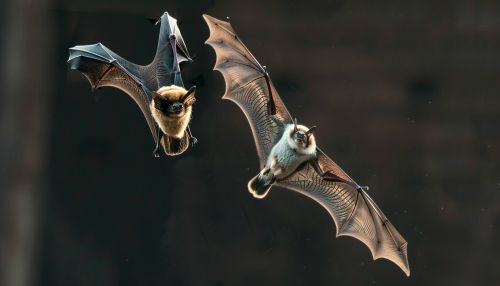Parallel Evolution
Introduction
Parallel evolution is a type of evolutionary pattern where two or more species, despite starting from different ancestral origins, develop similar traits or characteristics independently. This phenomenon often occurs when similar environmental pressures or similar adaptive challenges act upon separate species, leading to analogous or homoplastic traits.
Understanding Parallel Evolution
Parallel evolution is a complex process that requires a deep understanding of the principles of evolutionary biology. It is distinct from convergent evolution, another pattern where unrelated species develop similar traits, but through different evolutionary pathways. In parallel evolution, the species share a common ancestor and evolve similar traits independently.
Mechanisms of Parallel Evolution
Parallel evolution occurs when two separate species share a common ancestor and are subjected to similar selective pressures. This can occur in a variety of ways, including through genetic drift, natural selection, and mutation.
Genetic Drift
Genetic drift is a mechanism of evolution that involves changes in the gene pool of a population due to chance. In the context of parallel evolution, genetic drift may lead to the development of similar traits in separate species if they share a common ancestor and are subjected to similar environmental pressures.
Natural Selection
Natural selection is another mechanism of evolution that can lead to parallel evolution. This process involves the survival and reproduction of individuals due to differences in phenotype. If two separate species share a common ancestor and are subjected to similar selective pressures, natural selection may lead to the development of similar traits.
Mutation
Mutation is a change in the DNA sequence of a gene. Mutations can lead to new traits in a species, and if two separate species share a common ancestor and undergo similar mutations, this can lead to parallel evolution.
Examples of Parallel Evolution
There are numerous examples of parallel evolution in nature, from the development of flight in bats and birds to the evolution of similar body shapes in fish and marine mammals.
Flight in Bats and Birds
One of the most well-known examples of parallel evolution is the development of flight in bats and birds. Both species evolved the ability to fly independently, despite their different ancestral origins.
Body Shapes in Fish and Marine Mammals
Another example of parallel evolution is the similar body shapes of fish and marine mammals such as dolphins and whales. Despite their different ancestral origins, these species have evolved streamlined, torpedo-shaped bodies that are ideal for fast, efficient swimming.
Implications of Parallel Evolution
Parallel evolution has significant implications for our understanding of life on Earth. It demonstrates the power of natural selection and other evolutionary forces, and provides evidence for the theory of evolution.
See Also


